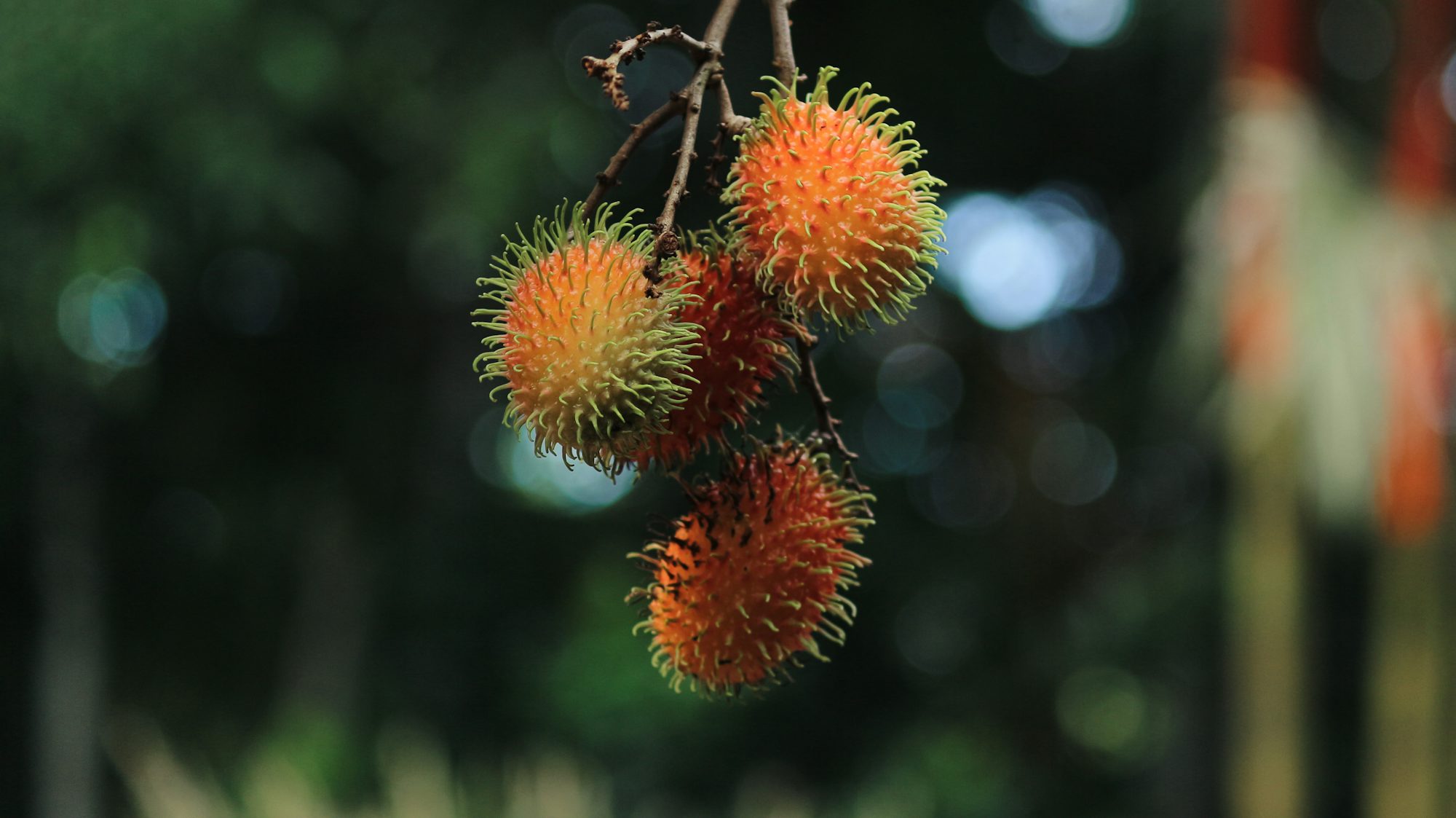Savoring Spices: The Essential Guide to Culinary Flavors
This article explores the fascinating world of spices, their origins, uses in various cuisines, and tips for incorporating them into everyday cooking.
The Origins of Spices
Spices have a rich history, dating back thousands of years. They were once so valuable that they were used as currency and played a significant role in trade routes. The famous Silk Road, for example, was not just a route for silk but also a pathway for the exchange of spices, connecting the East and West. Today, many spices are cultivated in regions where the climate and soil are ideal for their growth.
Some of the most well-known spices include:
- Black Pepper: Often called the “king of spices,” black pepper is native to India and is one of the most traded spices in the world. Its pungent flavor enhances a variety of dishes, making it a kitchen staple.
- Cinnamon: With its sweet and warming qualities, cinnamon has been cherished since ancient times. Originally from Sri Lanka, it is used in both sweet and savory dishes.
- Turmeric: Known for its vibrant yellow color and health benefits, turmeric is a key ingredient in Indian cuisine, especially in curries. It is also celebrated for its anti-inflammatory properties.
- Saffron: Derived from the flower of Crocus sativus, saffron is the most expensive spice by weight. Its delicate flavor and bright color make it a sought-after ingredient in gourmet cooking.
The Role of Spices in Various Cuisines
Different cultures utilize spices in unique ways, reflecting their culinary traditions and regional flavors. Here’s a closer look at how spices are embraced in various cuisines:
Indian Cuisine: Known for its vibrant use of spices, Indian cooking features an array of spices such as cumin, coriander, and garam masala. Dishes like biryani and curry showcase complex flavor profiles, often layered with multiple spices. Spices are not just for flavor; they also play a role in health and wellness, as many spices are believed to have medicinal properties.
Middle Eastern Cuisine: Spices such as sumac, za'atar, and cardamom are integral to Middle Eastern dishes. The aromatic spice blends are used in everything from kebabs to stews. One popular dish, shawarma, is marinated in a mix of spices that add depth and richness to the meat.
Mexican Cuisine: Cumin, chili powder, and oregano are essential in Mexican cooking. They lend heat and flavor to dishes like tacos, enchiladas, and mole sauces. The use of fresh herbs like cilantro also complements the spice flavors, creating vibrant and fresh dishes.
Asian Cuisine: In Thai cooking, spices like lemongrass, galangal, and Thai basil create bold and aromatic flavors. Curries are often made using a blend of spices that deliver heat and complexity. Chinese cuisine also utilizes spices like star anise and five-spice powder to create balance in sweet and savory dishes.
Tips for Incorporating Spices into Everyday Cooking
Incorporating spices into your cooking can elevate your meals and introduce exciting new flavors. Here are some practical tips to help you get started:
1. Start with Quality: Choose fresh, high-quality spices. Whole spices often retain their flavor longer than ground ones. Invest in a spice grinder for freshly ground spices that can enhance your dishes.
2. Experiment with Spice Blends: Spice blends can simplify cooking while adding depth to your dishes. Popular blends include curry powder, Italian seasoning, and ras el hanout. Try different combinations to discover your favorites.
3. Toast Spices: To unlock their full potential, lightly toast whole spices in a dry skillet before using them. This process enhances their natural oils and intensifies their flavors.
4. Balance Flavors: When cooking, consider the balance of flavors. Pair spices with sweet, salty, sour, and bitter elements to create harmonious dishes. For instance, adding a pinch of cinnamon to savory dishes can add warmth and complexity.
5. Add Spices Gradually: Start with a small amount of spice and gradually increase it to suit your taste. This allows you to control the flavor intensity and avoid overwhelming your dish.
6. Make Marinades: Combine spices with oils, acids, and herbs to create flavorful marinades for meats, vegetables, and tofu. Allowing ingredients to marinate enhances their flavors and tenderness.
Exciting Spice-Infused Recipes
Now that you have an understanding of spices, let’s explore a few delicious recipes that showcase their flavors:
1. Spiced Chickpea Salad:
- Ingredients: 1 can chickpeas (drained and rinsed), 1 teaspoon cumin, 1/2 teaspoon smoked paprika, salt and pepper to taste, 1 tablespoon olive oil, chopped parsley, lemon juice.
- Instructions: In a bowl, combine chickpeas, cumin, smoked paprika, salt, and pepper. Drizzle with olive oil and lemon juice, and toss to combine. Garnish with chopped parsley before serving.
2. Turmeric Rice:
- Ingredients: 1 cup basmati rice, 2 cups vegetable broth, 1 teaspoon turmeric, 1/2 teaspoon cumin, salt to taste.
- Instructions: Rinse the rice until the water runs clear. In a pot, combine rice, broth, turmeric, cumin, and salt. Bring to a boil, then reduce heat, cover, and simmer for 15-20 minutes until the rice is cooked and fluffy.
3. Cinnamon Apple Oatmeal:
- Ingredients: 1 cup rolled oats, 2 cups water or milk, 1 apple (diced), 1 teaspoon cinnamon, honey or maple syrup to taste.
- Instructions: In a saucepan, bring water or milk to a boil. Add oats, diced apple, and cinnamon. Reduce heat and simmer until the oats are cooked. Sweeten with honey or maple syrup before serving.
Conclusion
The world of spices is vast and varied, offering endless possibilities for culinary exploration. By understanding their origins and roles in different cuisines, and by applying practical tips and recipes, anyone can enhance their cooking experience. Embracing spices not only adds flavor but also opens the door to a deeper appreciation of global culinary traditions. So, gather your spices, experiment in the kitchen, and savor the delightful journey that spices bring to your meals.